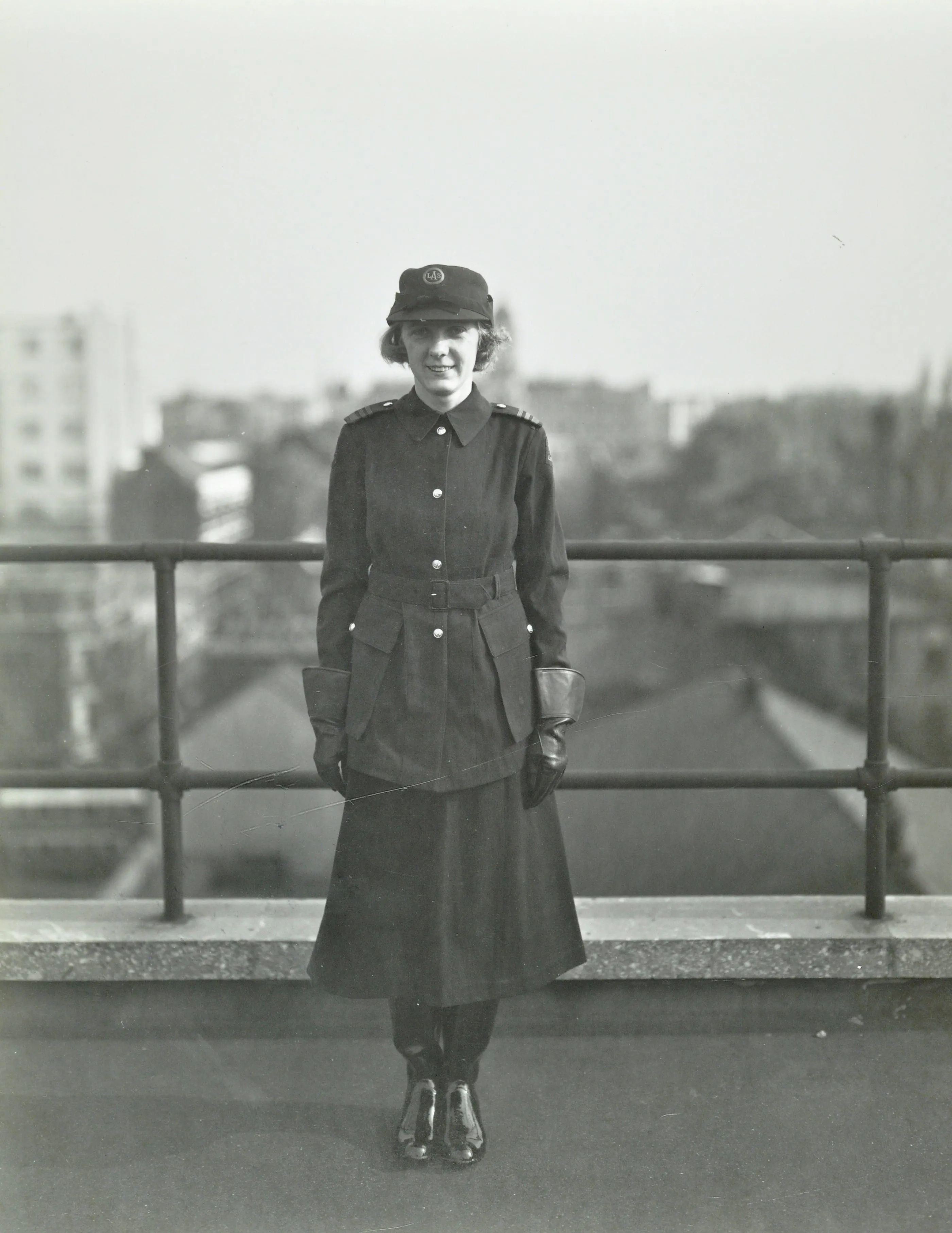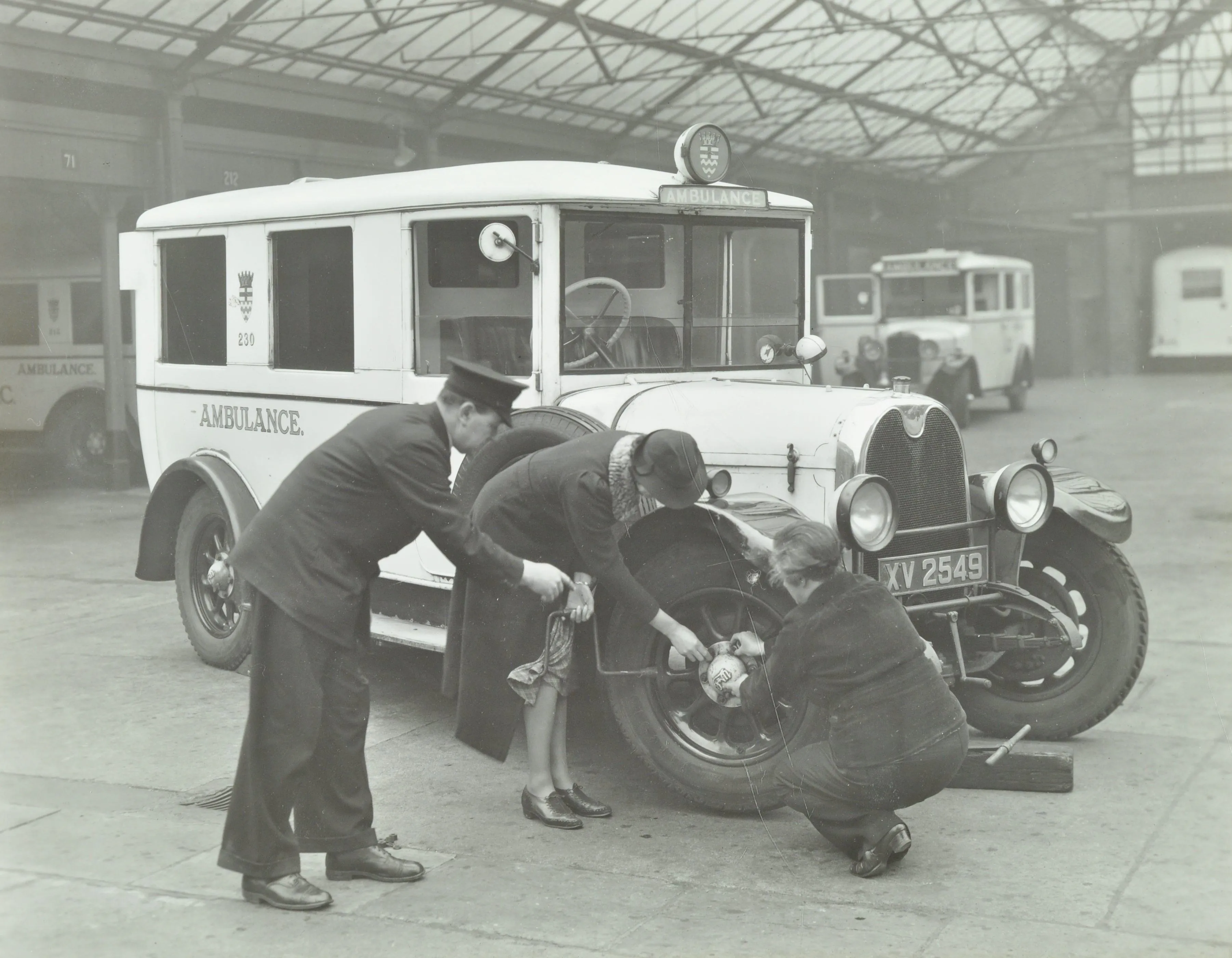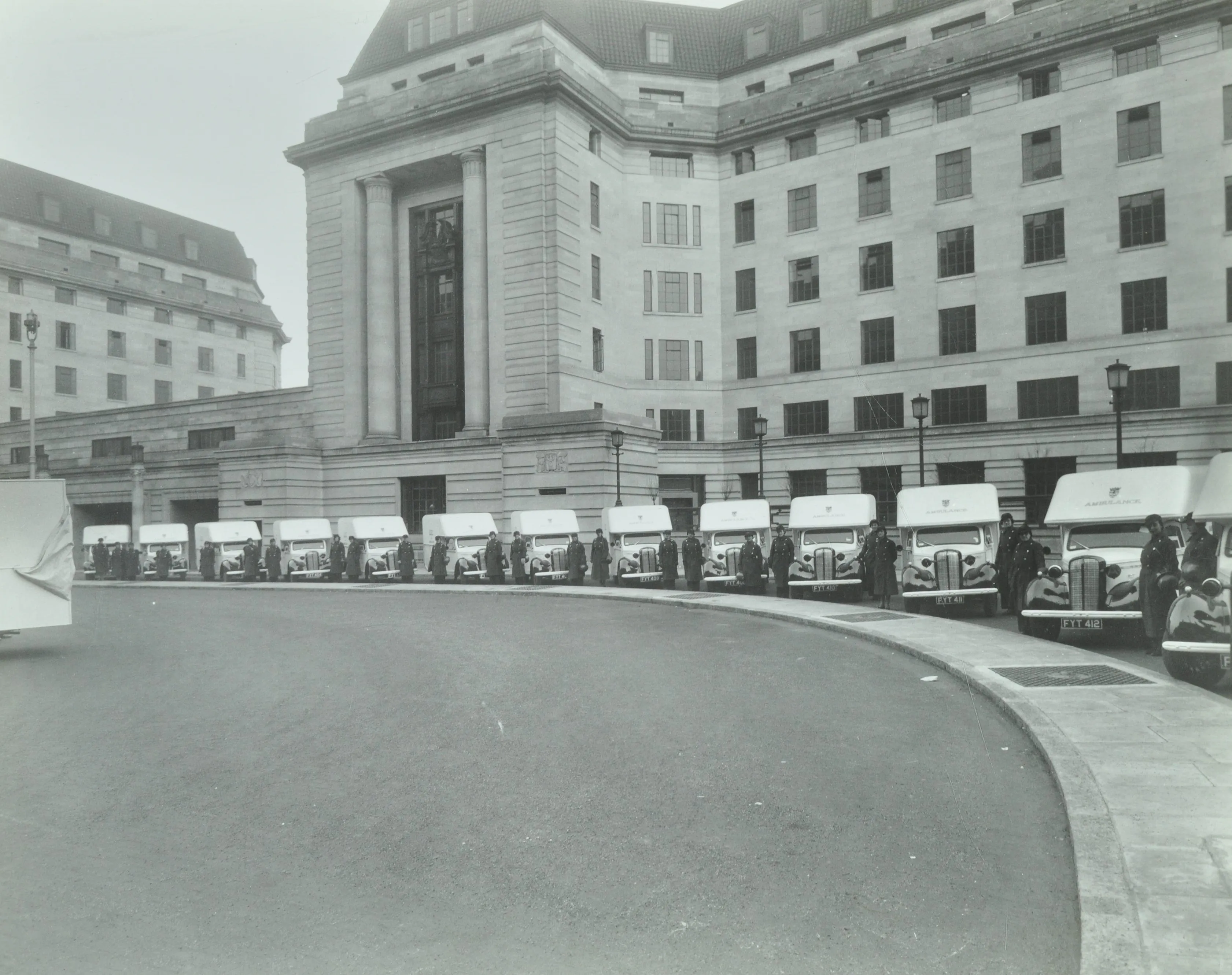'The Night Watch' by Sarah Waters

February 2025 - 'The Night Watch' by Sarah Waters
In 2024 the book group read Waters’ first novel, 'Fingersmith', and we had such a rich conversation that we just had to tackle her novel set in the Second World War to coincide with our exhibition 'London in the Second World War'.
Find out more about the exhibitionLondon after the war
Readers felt that the novel gave us a vivid insight into life in London in the immediate years after the war. The novel opens in 1947, where we find a cast of characters depleted by years of war, aimless and scarred by their experiences.
I thought things would be different
The character Viv felt that things would be different, which demonstrates the expectations of the post-war era. Waters gives us a London that is shabby and exhausted, dust and dirt ever present where properties, such as Kay’s precarious house, are on the verge of collapse.
A novel in reverse
Waters writes the plot backwards, and we find out about the war-time lives of our characters as the novel progresses, with sections set in 1944 and 1941. This chronological disruption is effective at keeping us guessing as to what happened to individual characters, and the secrets that they are all hiding. However, the group also found this device confusing, and hard-going. There was a sense that individual characters were tricky to delineate, particularly some of the women, but that was not felt by all members of the group.
Detail of the period
Interestingly, despite the critiques made of the novel’s structure, readers loved the setting, the period detail, and several readers recalled parts of the novel that they found particularly powerful. This is a novel of memorable scenes with strong sensory descriptions and is also a distinctive social history. Waters’ characters are those that don’t normally feature in mainstream histories of the war – Duncan in prison, Viv having an affair with Reggie, Kay the ambulance driver, Mickey and the 'canal girls'.


Queer women on their own terms
One reader expressed her delight at the portrayal of queer women that exist on their own terms and who aren’t given a tragic plotline. While some readers were frustrated at the love triangle at the heart of the novel. Waters makes us consider power and control within relationships at a very specific time in which many women experienced a freedom – at work, in the voluntary services – that was new and exciting.
The London Picture Archive
You can search the London Picture Archive to find more photographs of the women who worked for the London County Council Ambulance Service.
Search the London Picture Archive